
Tourists and local residents take part in the annual winter large-net fishing ritual on Saturday at Bosten Lake, in the Bayingolin Mongol autonomous prefecture of the Xinjiang Uygur autonomous region. (NIAN LEI/FOR CHINA DAILY)
Li Yuanyuan, a photographer, has been working very hard over the past few weeks to help holidaymakers from across the nation capture their memorable moments in front of the Saint Sophia Cathedral, one of the iconic buildings in Harbin, Heilongjiang province.
Having stayed in Harbin, often dubbed "China's ice city", for four years, the 23-year-old said he has never seen its streets "packed with so many people".
With temperatures dropping well below-20 C, Li said the city has been trying its best to offer visitors a warm and welcoming experience. "We have been trying to make our pricing as transparent as possible. Personal recommendation matters a lot in our business."
Over the past two months, winter tourism has been booming in Northeast China — Liaoning, Jilin and Heilongjiang provinces and part of the Inner Mongolia autonomous region — providing a much-needed boon as the region seeks new growth drivers and channels of job creation.
Analysts have highlighted an overarching vision from President Xi Jinping to get 300 million people involved in winter sports, set out during the bidding stages of the Beijing 2022 Winter Olympics, as playing a key role in driving public enthusiasm for winter tourism.
Xi has championed fully exploiting the nation's ice and snow resources, saying on multiple occasions that "ice and snow are also as valuable as gold and silver".
"The Beijing Winter Olympics and Paralympics are like a springboard that can propel the leapfrog development of winter sports and the ice and snow industry in our country," Xi told officials during a meeting in 2021 on the preparation of the two global events.
Han Yuanjun, an analyst at the China Tourism Academy, said, "Before the vision was set out by the president, few people could foresee the huge economic potential from the ice and snow sector."
The vision to bolster the growth of winter tourism has led regions with rich ice and snow resources, including Northeast China and the Xinjiang Uygur autonomous region, to come up with respective plans to improve their infrastructure and related sectors, he added.
This winter was the first time since the outbreak of COVID-19 that many Chinese tourists enjoyed their winter vacations without worrying about lockdowns and infections. It also saw the potential for winter tourism being fully unleashed across the nation.
During this year's New Year holiday, Heilongjiang was the destination of over 6.6 million tourist trips, a year-on-year increase of 173.7 percent, while Jilin saw an overall growth of 110 percent in tourism and Liaoning welcomed a total of 7.376 million tourist trips, representing a remarkable year-on-year growth of 203.8 percent.
The China Tourism Academy predicted in a recent report that the winter season from late 2023 to early 2024 will see traveler numbers exceed 400 million for the first time, bringing in tourism-related revenue of 550 billion yuan ($77.29 billion).
Han said the strong public enthusiasm for winter sports, part of the legacy of the Beijing Winter Olympics, coupled with the highly unique tourism resources in Northeast China, has contributed to the tourism boom.











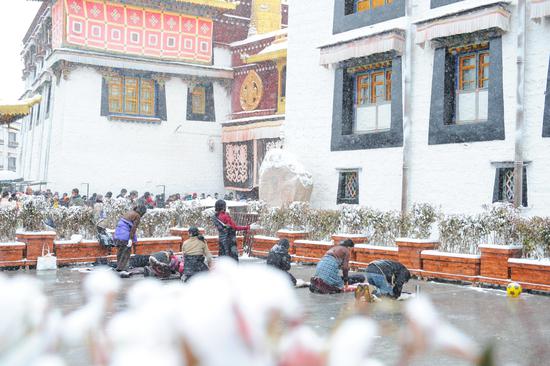
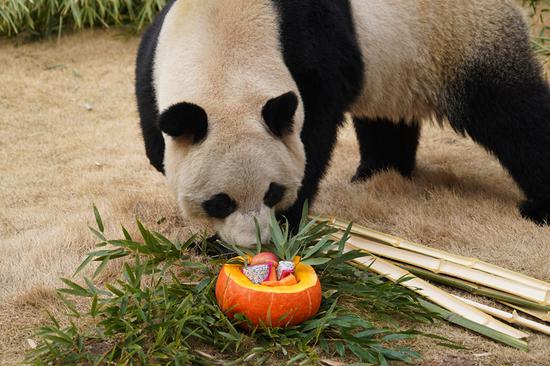

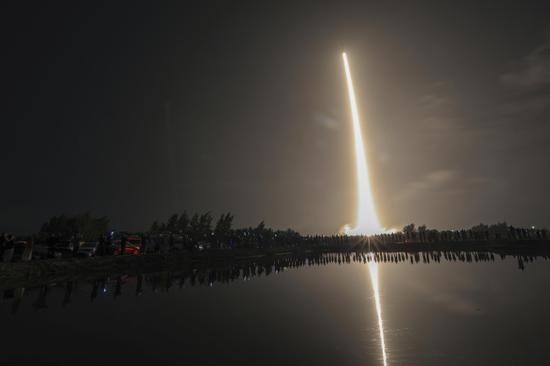


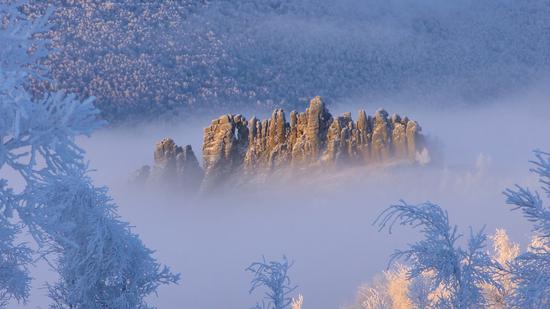

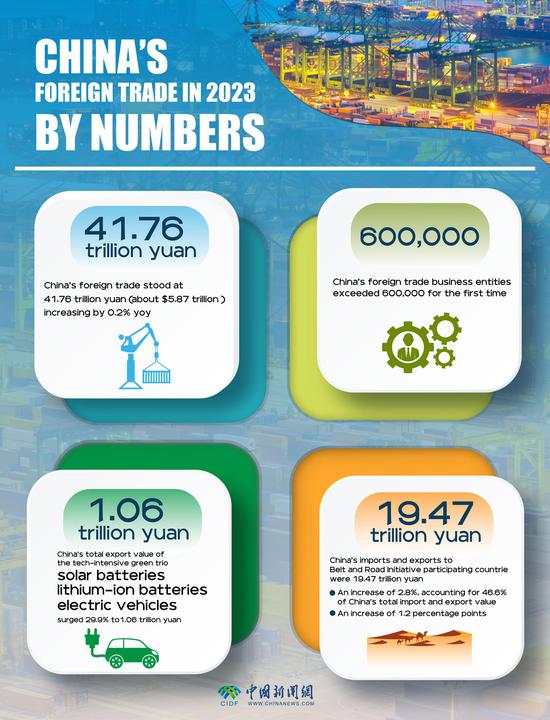




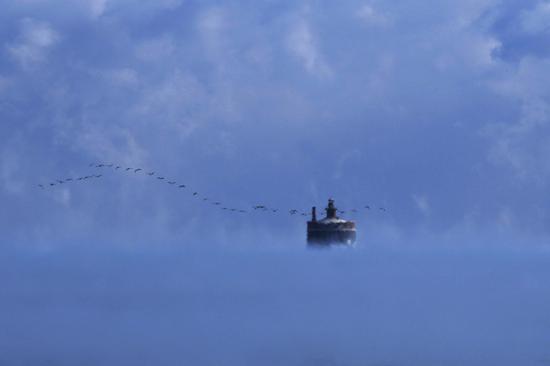
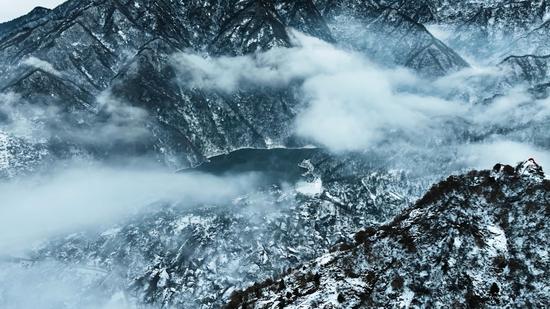
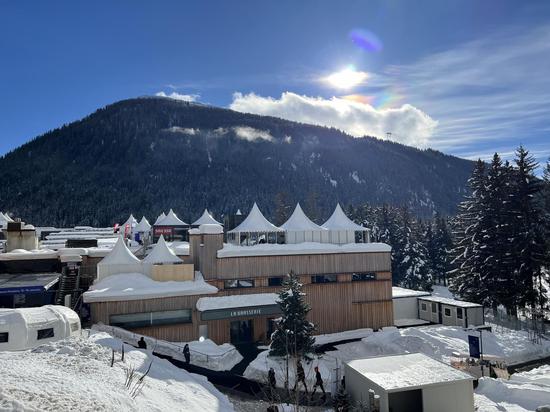



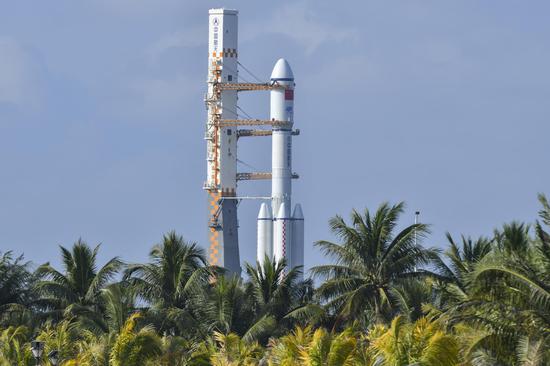



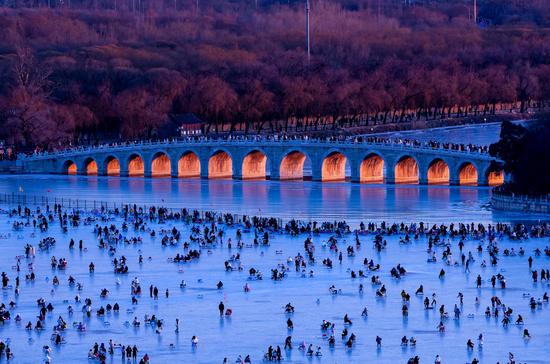
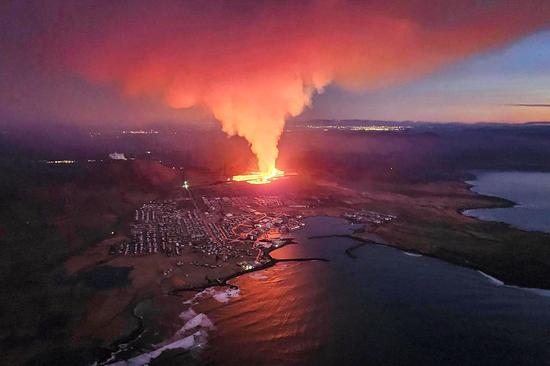


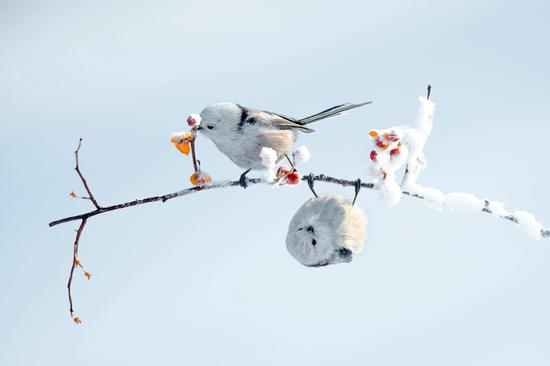

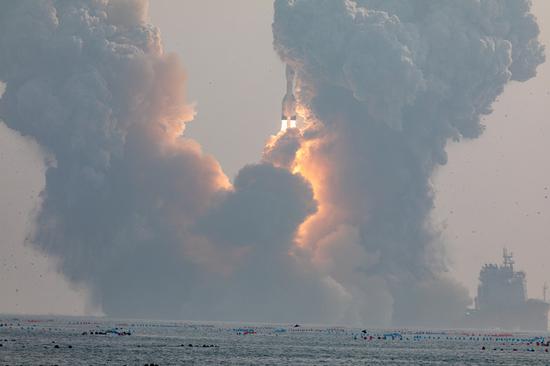
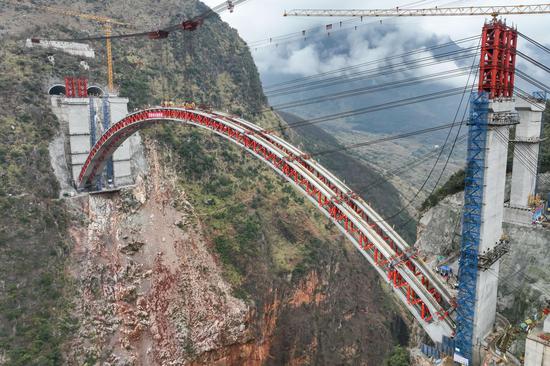
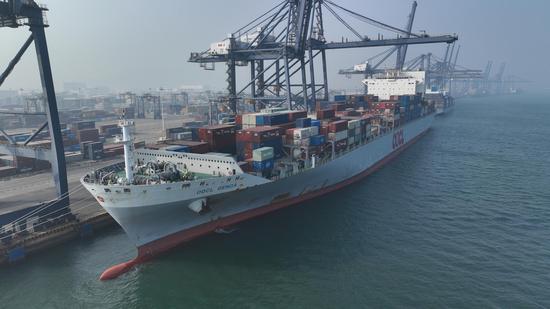
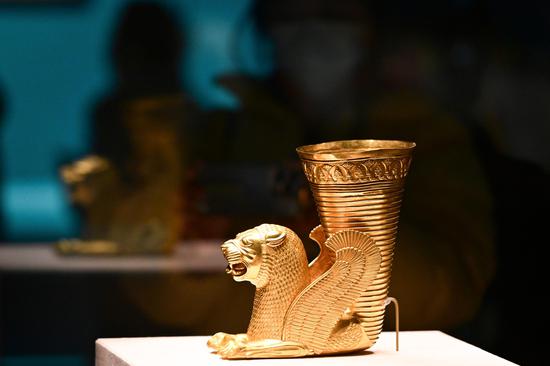


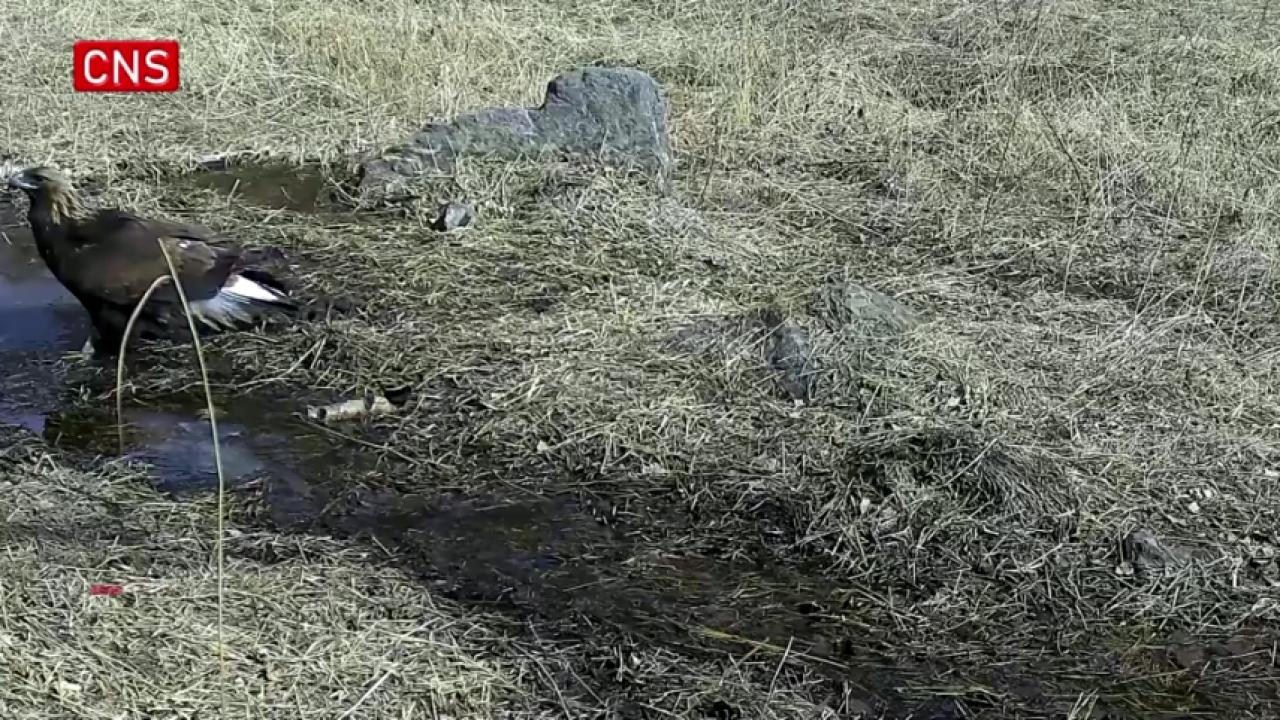

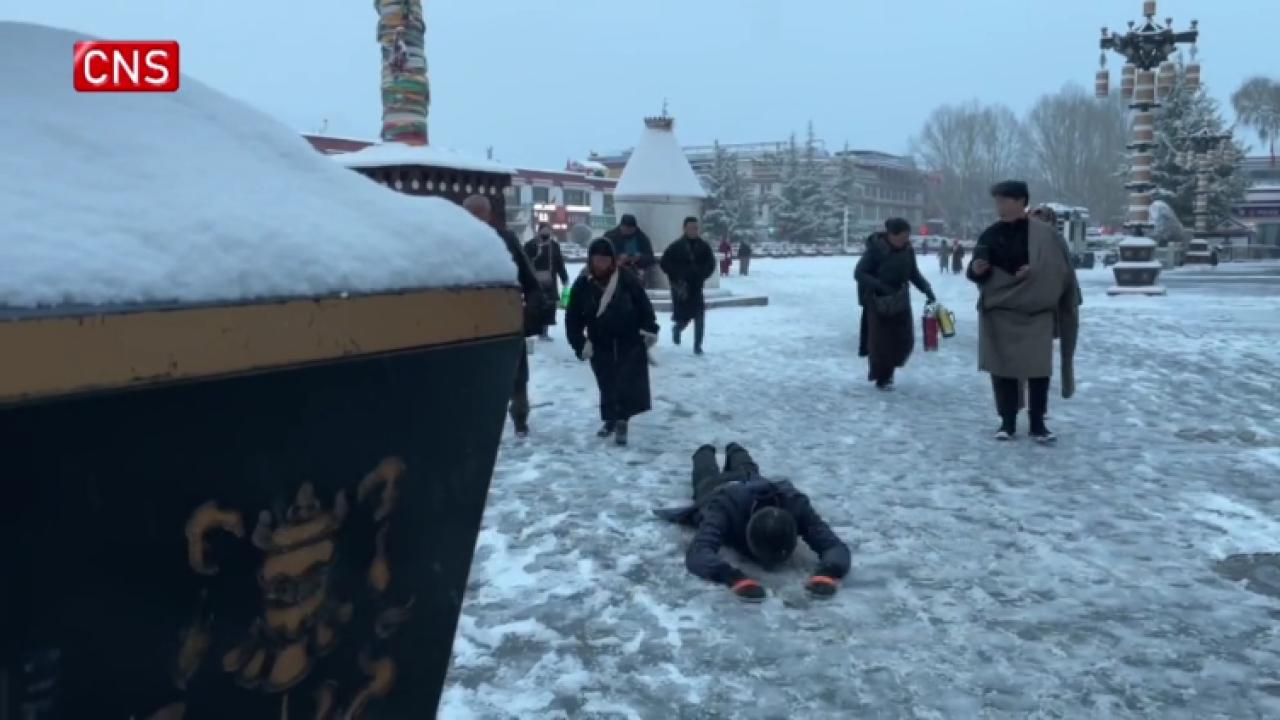

 京公网安备 11010202009201号
京公网安备 11010202009201号